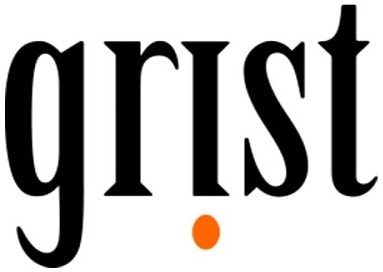By Kate Yoder

Though that might sound small, it’s actually “massive,” according to Gernot Wagner, a climate economist at Columbia Business School. “That’s half of the Fed’s overall goal for inflation,” he said, referencing the Federal Reserve’s long-term aim of limiting it to 2 percent. The Labor Department recently reported that consumer prices climbed 3.2 percent over the past 12 months.
The study’s results were striking, Wagner said, but at the same time very believable. He thinks the calculations are probably on the conservative end of the spectrum: “I wouldn’t be surprised if follow-up studies actually came up with even higher numbers.”
The difference between the terms is akin to “global warming” vs. “climate change,” with one focused on hotter temperatures and the other on broader effects. Still, “heatflation” might be the more appropriate term, Wagner said, given that price effects from climate change appear to come mostly from extreme heat. The new study didn’t find a strong link between shifts in precipitation and inflation.
The research lends some credibility to the title of the landmark climate change bill that President Joe Biden signed in 2022, the Inflation Reduction Act. While it’s an open joke that the name was a marketing term meant to capitalize on Americans’ concerns about rising prices, it might be more fitting, in the end, than people expected. “We shouldn’t be making fun of the name Inflation Reduction Act, because in the long run, it is exactly the right term to use,” Wagner said.
Quoted in: “Extreme heat drives up food prices. Just how bad will it get?” by Kate Yoder, Grist (27 March 2024).